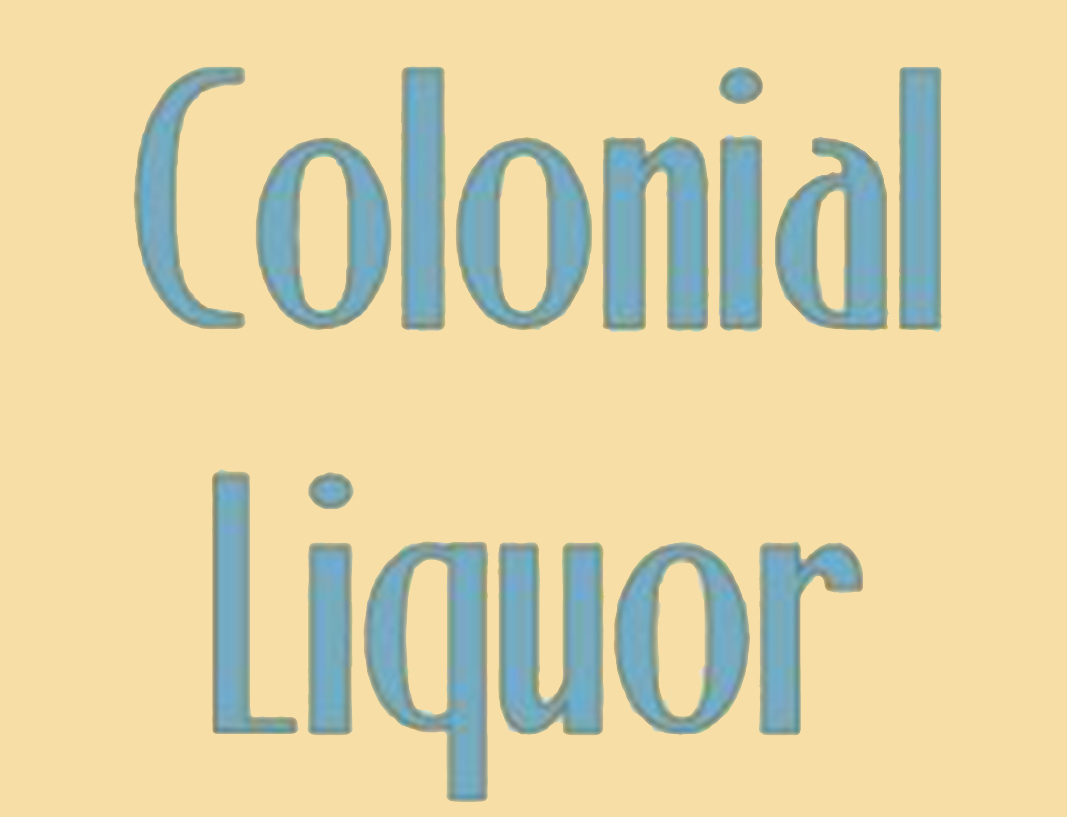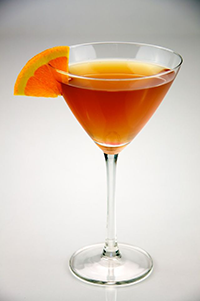
 |
|
|
Sidecar Cocktail (1922) INGREDIENTS: Serve in chilled
|
History The Bar:The Hotel Ritz in Paris The exact origin of the Sidecar is unclear, but it is thought to have been invented around the end of World War I in either London or Paris. The drink was directly named for the motorcycle attachment, the drink appears in literature as early as 1907. Both MacElhone and Vermiere state the recipe as equal parts cognac, Cointreau, and lemon juice, now known as "the French school". Later, an "English school" of Sidecars emerged, as found in the Savoy Cocktail Book (1930), which call for two parts cognac and one part each of Cointreau and lemon juice. According to Embury, the original Sidecar had several ingredients, which were "refined away". Embury also states the drink is simply a Daiquiri with brandy as its base rather than rum, and with Cointreau as the sweetening agent rather than sugar syrup. He recommends the same proportions (8:2:1) for both, making a much-less-sweet Sidecar. However, Simon Difford, in his book Encyclopedia of Cocktails, notes Harry Craddock's ratio of 2:1:1 in The Savoy Cocktail Book, and then suggests a middle ground between Craddock's recipe and the "French School" equal parts recipe of 3:2:2, calling Embury's Daiquiri formula "overly dry" for a sidecar. The earliest mention of sugaring the rim on a Sidecar glass is 1934, in three different books: Burke's Complete Cocktail & Drinking Recipes, Gordon's Cocktail & Food Recipes, and Drinks As They Are Mixed (a revised reprint of Paul E. Lowe's 1904 book). |